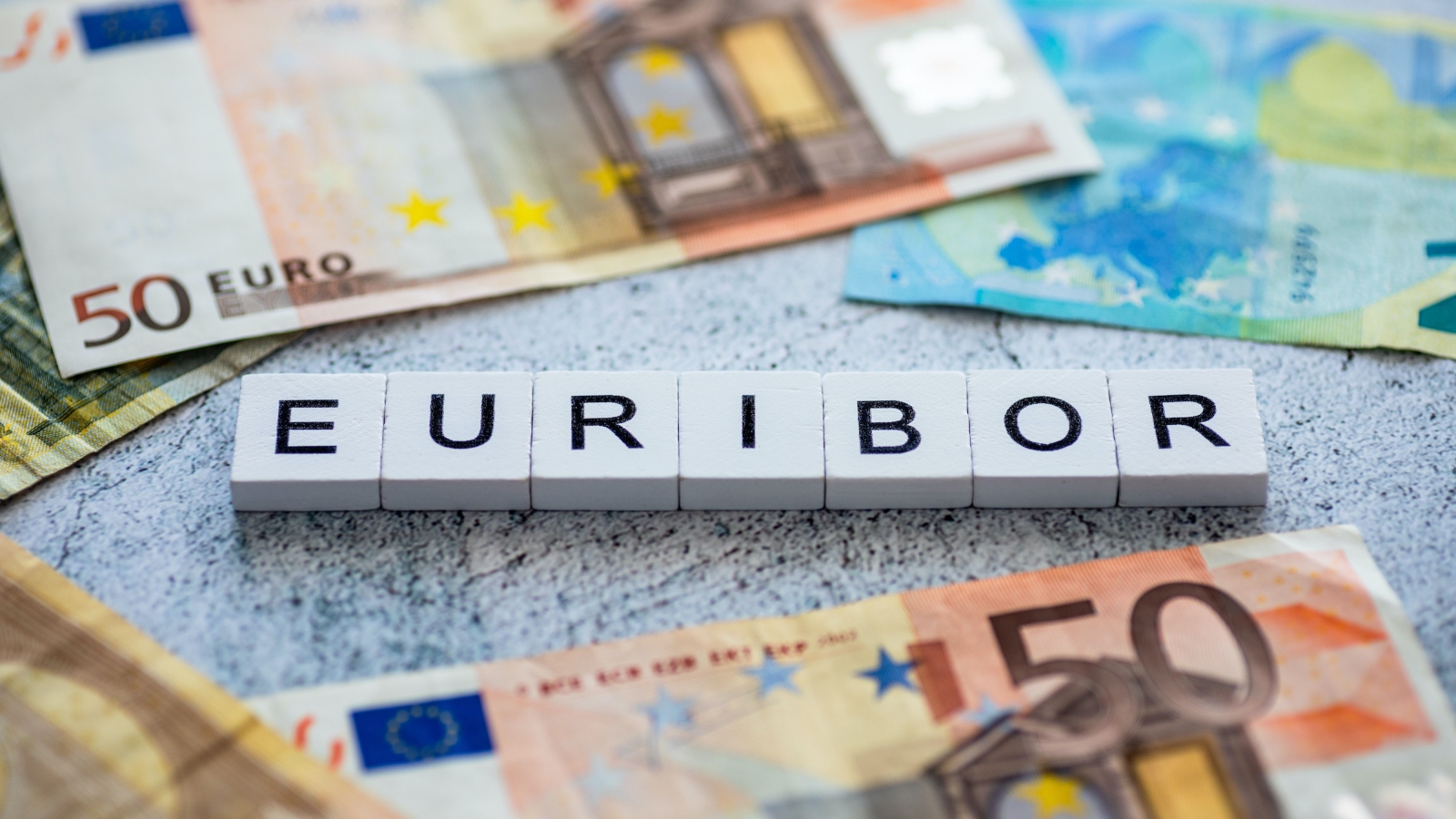The Euribor rises in May and is already close to 4%
By June 1, 2023 3 min read
The 12-month Euribor has closed May with new increases. The reference indicator for the majority of variable mortgages in Spain registered a provisional average of 3.862% in the fifth month of the year, compared to 3.757% in April and 0.287% in May last year, therefore it remains at highest since November 2008.
This new upswing is a consequence of the forthcoming interest rate hikes that the European Central Bank (ECB) will undertake at the forthcoming meetings of the Governing Council to continue to curb the escalation of inflation and guarantee price stability in the euro area. Specifically, that the rise in prices is around 2% in the medium term.
Currently, the price of money is at 3.75% and more upturns are expected, as various members of the highest monetary and financial authority in the common currency region have already hinted at, although the market expects lesser increases. intensity and anticipates a possible pause in summer. What the ECB has already made clear is that interest rates will remain at a restrictive level for a long period of time, and, for the moment, rate cuts are not expected until the second half of 2024.
In this scenario, the Euribor strengthens at its highest since November 2008 (when it was at 4.3%) and continues to make variable mortgage payments referenced to this indicator more expensive. Thus, those consumers who have to review the economic conditions of their loan will face an increase in the average monthly payment of 250 euros and up to 3,000 euros per year.
For example, a person who has contracted a variable mortgage of 150,000 euros for 30 years and with a differential of 0.99% + Euribor and must review their interest rate in the month of May, will register an increase in their mortgage payment of about 290 euros per month. In absolute terms, he would go from paying about 500 euros to just over 790 euros per month and about 3,480 euros per year.
The maximum increase so far this year was registered in March, when the difference between the Euribor of that month compared to that of a year earlier was 3.88 percentage points. This has meant that families with mortgages with the same conditions described above and who update their interest rate with the data for March are facing an extra monthly expense of 306 euros in their instalment.
And more increases are expected in the short term. From the Savings Banks Foundation (Funcas), they estimate that the average annual rate of the Euribor will be 4.25% this year and that in 2024 it will drop slightly, to around 4%. On the other hand, BBVA Research does not rule out that the indicator could reach 4.5% in the coming months, depending on how much interest rates rise.
At the moment, the 12-month Euribor accumulates seven sessions above 3.9% in the daily rate, anticipating more increases in the monthly average. It has closed May at 3.939%, although the maximum level was marked on May 29, when it reached 3.982%.